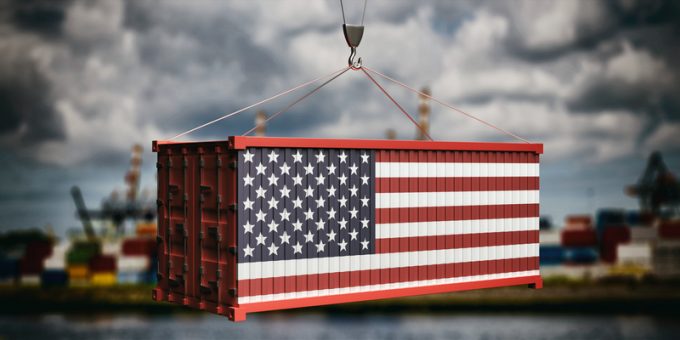'Tariff madness' will prompt renegotiation of ocean shipping contracts
Today’s “absolutely nuts” container shipping market will spur contract renegotiations, as rates and minimum quantity ...

US agricultural exporters are demanding shipping lines end frequent changes to earliest return dates (ERD) – the earliest an export container can be delivered to the carrier – which can incur significant extra costs.
More than three-quarters of responding exporters reported that at least 5% of their ...

Comment on this article